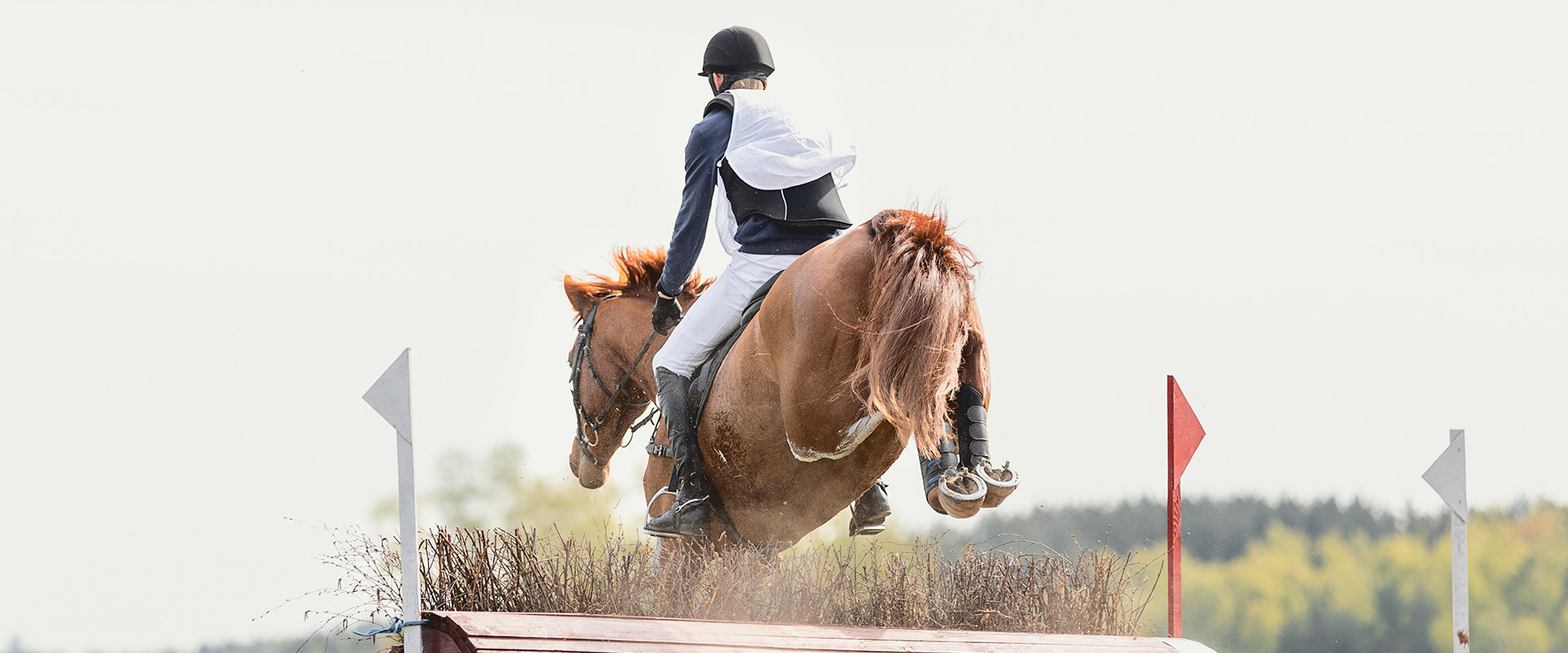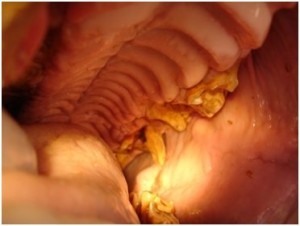The old adage says “you are what you eat”—but that’s only if your teeth are up to the job!
A horse might be offered a diet of high-quality hay, for instance, but if he’s unable to chew and digest that food properly, he could still look ribby. As a result, it’s important to consider your horse’s dental status when planning his diet.
At the 2014 American Association of Equine Practitioners Convention held in Salt Lake City, Utah, Caroline N. Niederman, VMD, FAVD/Equine, described how nutritional assessment and dietary modification can be included into a regular equine dental care program. Having an annual oral examination gives the opportunity not only to identify dental abnormalities, but also to document the loss of cheek-teeth chewing surface area that occurs with age as a product of normal dental eruption and wear.
Dental abnormalities can have a negative impact on how horses—especially older ones—consume and utilise the nutrients in food. As such, performing a complete oral exam affords the veterinarian with the opportunity to educate owners on how to provide adequate nutrition as the horse ages to prevent choke, impactions, and pronounced weight loss.
The Complete Dental Exam
A complete oral examination begins by compiling a dental history, including questions such as:
• What and how often do you feed your horse?
• Does he have pasture access?
• Is your horse still able to consume hay?
• Does he leave any chewed, but undigested, boluses of hay behind (termed “quidding”)?
• Where is your horse fed, and is he separated from other horses at feeding time?
• How long does it take your horse to finish meals?
• Has he gained or lost weight in the past year?
• What do his faecal balls look like?
• Are they formed and moist, dry, or are there pieces of undigested hay?
• Is your horse on any medications?
Once the history has been collected an in-depth dental exam should be perform by a qualified dentist or veterinarian. The oral exam, from a nutritional perspective, should focus on evaluating the cheek teeth’s occlusal (chewing) surface and enamel loss. Enamel loss decreases the chewing surface area used to masticate hay. The term ‘smooth mouth’ describes teeth experiencing this process.
Other common problems include:
• Cupped teeth—These occur when the upper cheek teeth’s exposed crown wears below the occlusal surface (area of contact between teeth) and closer to the tooth roots but above the gums; this condition can also occur in lower cheek teeth.
• Expired teeth— Upper (Maxillary) or Lower (mandibular) cheek teeth at the end stage of wear, where the teeth are worn down to the cemental roots.





